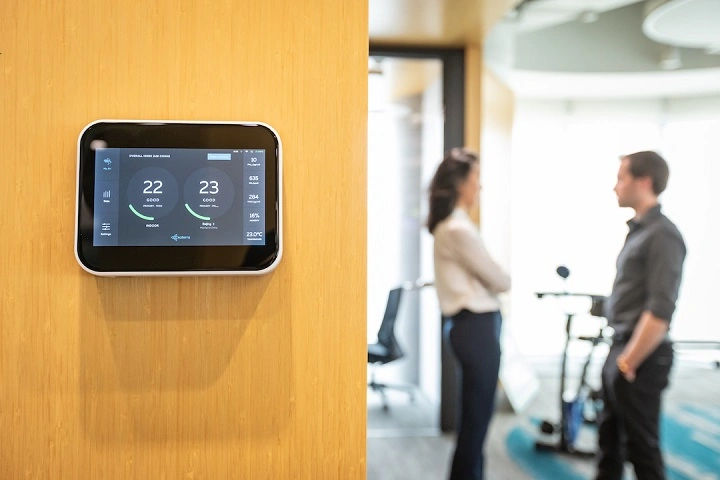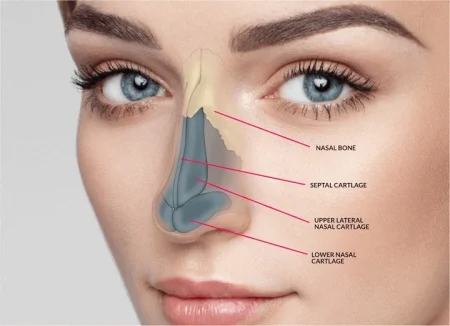From wildfires in the West to rising urban smog levels, we’re all starting to pay more attention to what we’re actually breathing in. That’s where Air Quality & Monitoring Solutions step in—not as a luxury, but as a growing necessity. Whether you’re managing a commercial space, optimizing an HVAC system, or just trying to keep your home safe, these solutions are becoming essential in our daily lives.
Let’s break down what’s out there, what to look for, and why it matters more than ever.
Why Air Quality Is No Longer a “Nice-to-Have”
It’s not just about comfort anymore. Poor indoor air quality (IAQ) has been linked to respiratory issues, headaches, fatigue, and long-term health problems. According to the EPA, indoor air can be up to 5 times more polluted than the air outside. That’s wild.
Now factor in allergens, VOCs from cleaning products and furniture, mold spores, and even carbon monoxide leaks—and suddenly, that stylish air purifier or sensor doesn’t seem so extra anymore.
What Are Air Quality & Monitoring Solutions Exactly?
These are systems and devices designed to detect, measure, and improve the air around us. They fall into three key categories:
1. Detection & Monitoring Devices
Think smart sensors that track PM2.5, CO2, humidity, temperature, VOCs, and more. Many now sync with your phone or building system for real-time updates. Top names include Awair, Airthings, and IQAir.
2. Air Purification Systems
These include HEPA filters, activated carbon units, UV-C light purifiers, and ionizers. Depending on the space and specific pollutants, solutions range from compact room models to industrial-scale systems.
3. Integrated Building Solutions
Ideal for offices and commercial properties—these systems integrate into HVAC or BMS (Building Management Systems) and optimize airflow, filtration, and ventilation based on real-time air quality data.
Who Needs Air Quality Monitoring (Spoiler: Everyone)
- Homeowners: Especially with kids, pets, or anyone with asthma or allergies.
- Office Spaces: Employees spend 8+ hours indoors—better air = better focus.
- Schools & Daycares: Children are especially vulnerable to pollutants.
- Healthcare Facilities: Infection control and patient safety rely on clean air.
- Warehouses & Industrial Settings: Higher exposure to chemicals, dust, and emissions.
Features to Look For in a Monitoring System
Not all solutions are built the same. Here’s what really matters:
- Real-Time Alerts: Instant notifications when levels go off.
- Mobile/App Integration: So you can track and adjust on the go.
- Data Logging & Trends: Helps identify recurring issues or spikes.
- Multi-Parameter Sensing: More than just CO2—look for PM2.5, VOC, humidity, etc.
- Calibration & Accuracy: Especially important for commercial or regulatory compliance.
A Few Favorites Worth Checking Out
- Airthings View Plus – A sleek option for homes or offices with radon, CO2, humidity, PM, and VOC tracking.
- uHoo Smart Air Monitor – Beautiful interface, integrates with Alexa, Google Assistant, and tracks 9 air metrics.
- Temtop M2000 2nd Gen – More pro-level, with a handheld design and solid accuracy for CO2, PM, and more.
The Future of Air Monitoring: AI, IoT & Predictive Control
This isn’t just about knowing the air is bad—it’s about knowing why and fixing it fast.
Emerging systems are leveraging AI and IoT to not only detect problems but respond automatically. For example, a sensor that triggers a fan or purifier when CO2 rises or PM2.5 spikes. Predictive analytics can even flag when maintenance is due or when air quality tends to dip (like during rush hour or allergy season).
Smart homes and buildings are evolving, and air quality is becoming one of their core functions.
Final Thoughts: Clearer Air, Smarter Living
We can’t control the pollution outside, but we can take charge of what we breathe inside. Air Quality & Monitoring Solutions aren’t just for tech geeks or big companies—they’re for families, for students, for anyone who wants to live a little healthier and breathe a little easier.
Investing in air quality isn’t just smart. It’s necessary.








